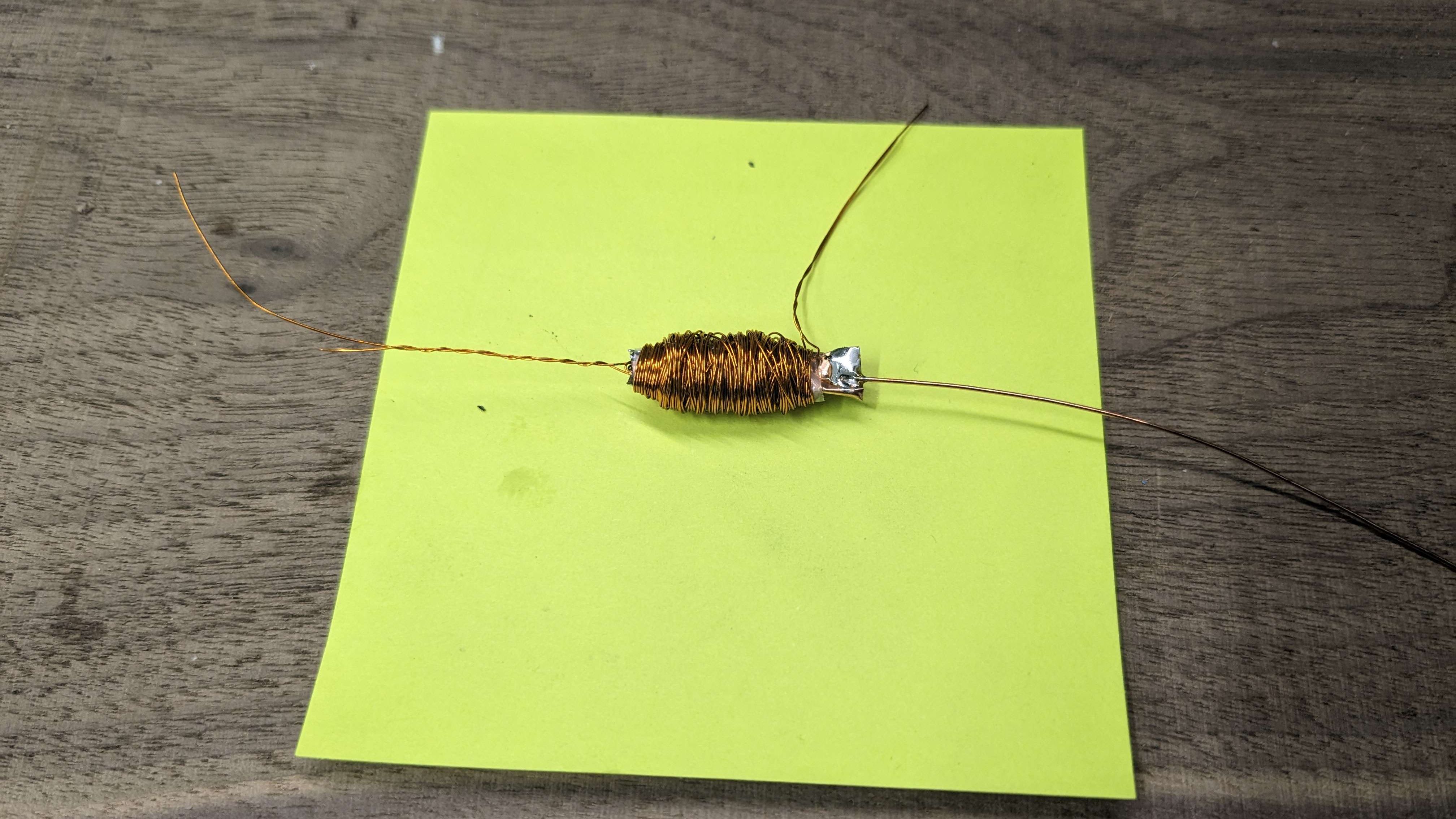
Have you ever wondered how a magnetometer works? We sure have, which was why we were happy to stumble upon . As [Maurycy] explains, clues to how a fluxgate magnetometer works can be found right in the name. We all know what happens when a current is applied to a coil of wire wrapped around an iron or ferrite core — it makes an electromagnet.
Wrap another coil around the same core, and you’ve got a simple transformer. Now, power the first coil, called the drive coil, with alternating current and measure the induced current on the second, or sense coil. Unexpected differences between the current in the drive coil and the sense coil are due to any external magnetic field.
The difference indicates the strength of the field. Genius! For [Maurycy]’s homebrew version, binocular ferrite cores were stacked one on top of each other and strung together with a loop of magnet wire passing through the lined-up holes in the stack. That entire assembly formed the drive coil, which was wrapped with copper foil to thwart eddy currents.
The sense coil was made by wrapping another length of magnet wire around the drive coil package; [Maurycy] found that this orthogonal of coils worked better than an antiparallel coil setup at reducing interference from the powerful drive coil field. Driving the magnetometer required adding a MOSFET amp to give a function generator a little more oomph. [Maurycy] mentions that scope probes will attenuate the weak sense coil current, so we assume that the sense coil output goes right into the oscilloscope via coax.
Calibrating the instrument was accomplished with a homebrew coil and some simple calculations. This was a great demo of magnetometry methods and some of the intricacies of measuring weak fields with simple instruments. We’ve covered before and even talked about how they made possible.
.














